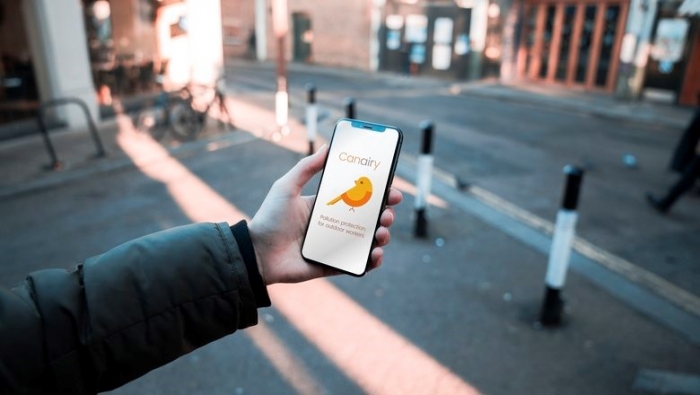New App Measures Outdoor Exposure to Air Pollution

The British Safety Council and King’s College London have developed the world’s first mobile app to measure air pollution exposure for the protection of outside workers.
Air pollution is estimated to contribute to around 40,000 premature deaths in the UK alone. Nitrogen oxides, ozone and particulates all contribute to pollution in the air, hazardous to our respiratory health. Scientific research has shown long-term exposure to high-levels of air pollution can cause a series of life-threatening health problems, including:
- Decline in lung function – such as COPD
- Asthma
- Type 2 diabetes
- Cognitive brain development issues
- Cancer
- Cardiovascular diseases – such as coronary heart disease.
While air pollution can be a problem indoors, it has the potential to be managed through controls such as local exhaust ventilation. Outside air pollution however is much more difficult to manage with built up, heavy traffic areas often being worst affected.
Canairy, the new app, utilises the user’s phone’s GPS in conjunction with the London Air Quality Network pollution map, to calculate their current exposure to pollution.
If the levels of nitrogen dioxide, particulates or hazardous ozone exceed the World Health Organisation’s safety limits an alert is triggered on the phone, suggesting helpful actions the user can take to reduce their exposure.
In addition to protecting the user, employers will be able to track anonymized data from their workforce to aid them in managing tasks to minimise their employee’s exposure.
Senior Air Quality Analyst at King’s College London, Andrew Grieve, said: “As a group, outdoor workers are particularly vulnerable to long-term exposure to ambient air pollution. Within a workplace, the risk of people’s exposure to polluted air can be controlled using well-established methods, but this is more difficult for outdoor workers, many of whom work near or on busy roads.
“The app gathers data from the London network, which is the most advanced urban air quality monitoring network in the world. We hope that information provided by the app can be used to inform health risk assessments and contribute to scheduling work that reduces exposure. Crucially it can also help employers and workers to monitor their progress in avoiding unhealthy levels of pollution.”
Air pollution is just one type of respiratory hazard workers need to be aware of however. Asbestos, wood dust, silica, flour and chemical gases are some of the many different respiratory hazards employees might face in the field. In many of these situations Respiratory Protective Equipment (RPE) is required to protect the employee’s respiratory health. When it is, make sure you are up to date with the latest regulations and compliances by calling our RPE Expert consultants free of charge on:
01933 672180

